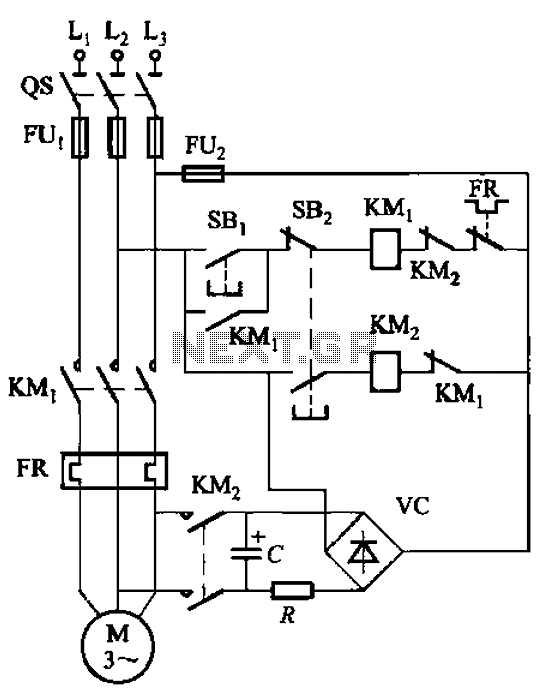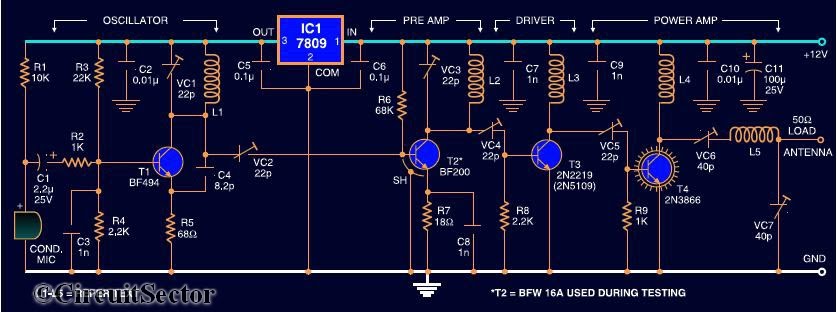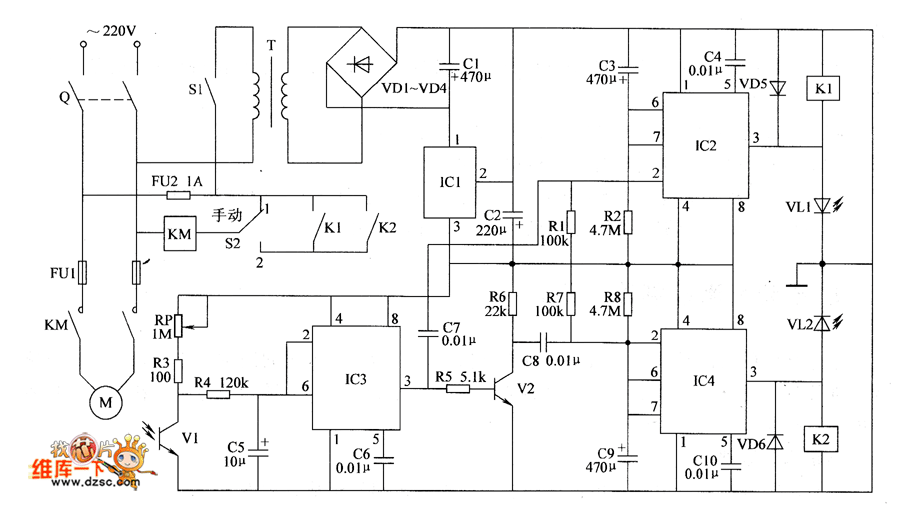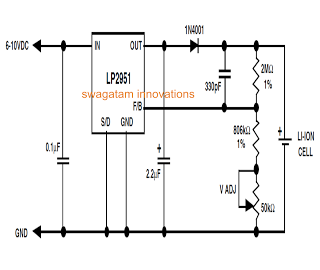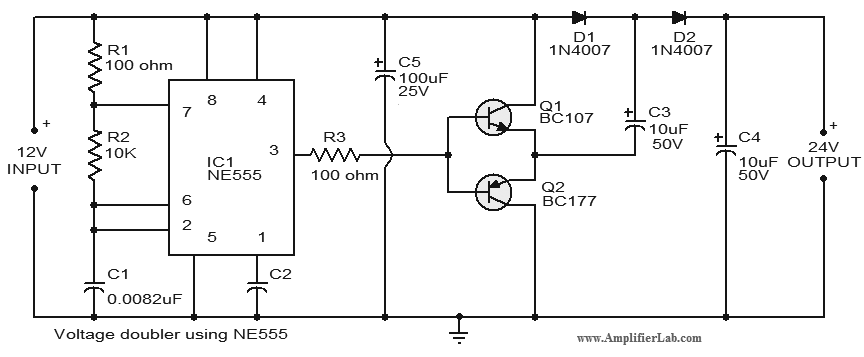
The clock circuit diagram for racing
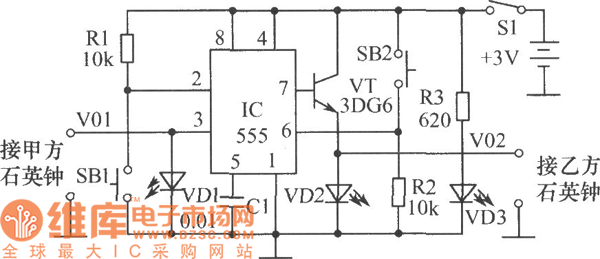
The chart illustrates a clock designed for a competition, utilizing a 555 timer circuit. This circuit is characterized by its novel design, reliable performance, ease of assembly, and engaging functionality. The 555 timer is available in two types: bipolar (TTL) and complementary metal-oxide-semiconductor (CMOS) integrated circuits. It is a versatile integrated circuit that requires only a minimal number of external components, making it simple to create monostable, bistable, and astable circuits. The component selection includes a bipolar CD555 timer as the integrated circuit, a 3DG6 transistor for the switching element, and three 5mm diodes (VD1 to VD3). The clock mechanism employs an analog quartz oscillator.
The described clock circuit leverages the 555 timer, which is renowned for its versatility in timing applications. The 555 timer can operate in several configurations: monostable, bistable, and astable, each serving different timing and pulse generation needs. In this specific application, the clock is likely configured in the astable mode to continuously generate a square wave output, which can be utilized to drive a display or provide timing signals.
The selection of the CD555 timer ensures compatibility with both TTL and CMOS logic levels, allowing for integration into various digital systems. The use of a 3DG6 transistor serves as a switching element, enabling the control of higher power loads that may be connected to the clock circuit. The choice of 5mm diodes (VD1 to VD3) suggests the need for protection against reverse polarity or to manage current flow within the circuit, ensuring reliable operation.
Incorporating an analog quartz oscillator enhances the precision of the clock, providing a stable frequency reference. This is crucial for applications requiring accurate timing, such as in competitions where precise timekeeping is essential. Overall, the design emphasizes simplicity and reliability, making it suitable for educational purposes, hobby projects, or competitive events where timing accuracy is paramount. The minimal component count not only simplifies the assembly process but also reduces potential points of failure, contributing to the circuit's robust performance.The chart shows the clock for the competition, which is assembled with 555 circuit, with the features of novel circuit, reliable performance, easy making, intuitive interesting. 555 circuit has two categories of bipolar circuit (TTL) and complementary metal oxide semiconductor-type (CMOS) integrated circuit.
It is a very broad application IC with only a small amount of external components, it is very easy to form a single stable, bistable, non-stable circuit. The selection of components: IC uses bipolar CD555 time base circuit. VT selects 3DG6 transistor. VD1 ~ VD3 chooses 5mm. The clock uses analog quartz. 🔗 External reference
The described clock circuit leverages the 555 timer, which is renowned for its versatility in timing applications. The 555 timer can operate in several configurations: monostable, bistable, and astable, each serving different timing and pulse generation needs. In this specific application, the clock is likely configured in the astable mode to continuously generate a square wave output, which can be utilized to drive a display or provide timing signals.
The selection of the CD555 timer ensures compatibility with both TTL and CMOS logic levels, allowing for integration into various digital systems. The use of a 3DG6 transistor serves as a switching element, enabling the control of higher power loads that may be connected to the clock circuit. The choice of 5mm diodes (VD1 to VD3) suggests the need for protection against reverse polarity or to manage current flow within the circuit, ensuring reliable operation.
Incorporating an analog quartz oscillator enhances the precision of the clock, providing a stable frequency reference. This is crucial for applications requiring accurate timing, such as in competitions where precise timekeeping is essential. Overall, the design emphasizes simplicity and reliability, making it suitable for educational purposes, hobby projects, or competitive events where timing accuracy is paramount. The minimal component count not only simplifies the assembly process but also reduces potential points of failure, contributing to the circuit's robust performance.The chart shows the clock for the competition, which is assembled with 555 circuit, with the features of novel circuit, reliable performance, easy making, intuitive interesting. 555 circuit has two categories of bipolar circuit (TTL) and complementary metal oxide semiconductor-type (CMOS) integrated circuit.
It is a very broad application IC with only a small amount of external components, it is very easy to form a single stable, bistable, non-stable circuit. The selection of components: IC uses bipolar CD555 time base circuit. VT selects 3DG6 transistor. VD1 ~ VD3 chooses 5mm. The clock uses analog quartz. 🔗 External reference
